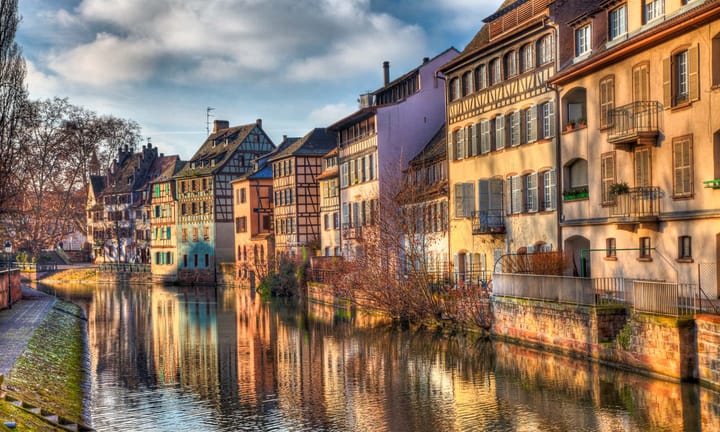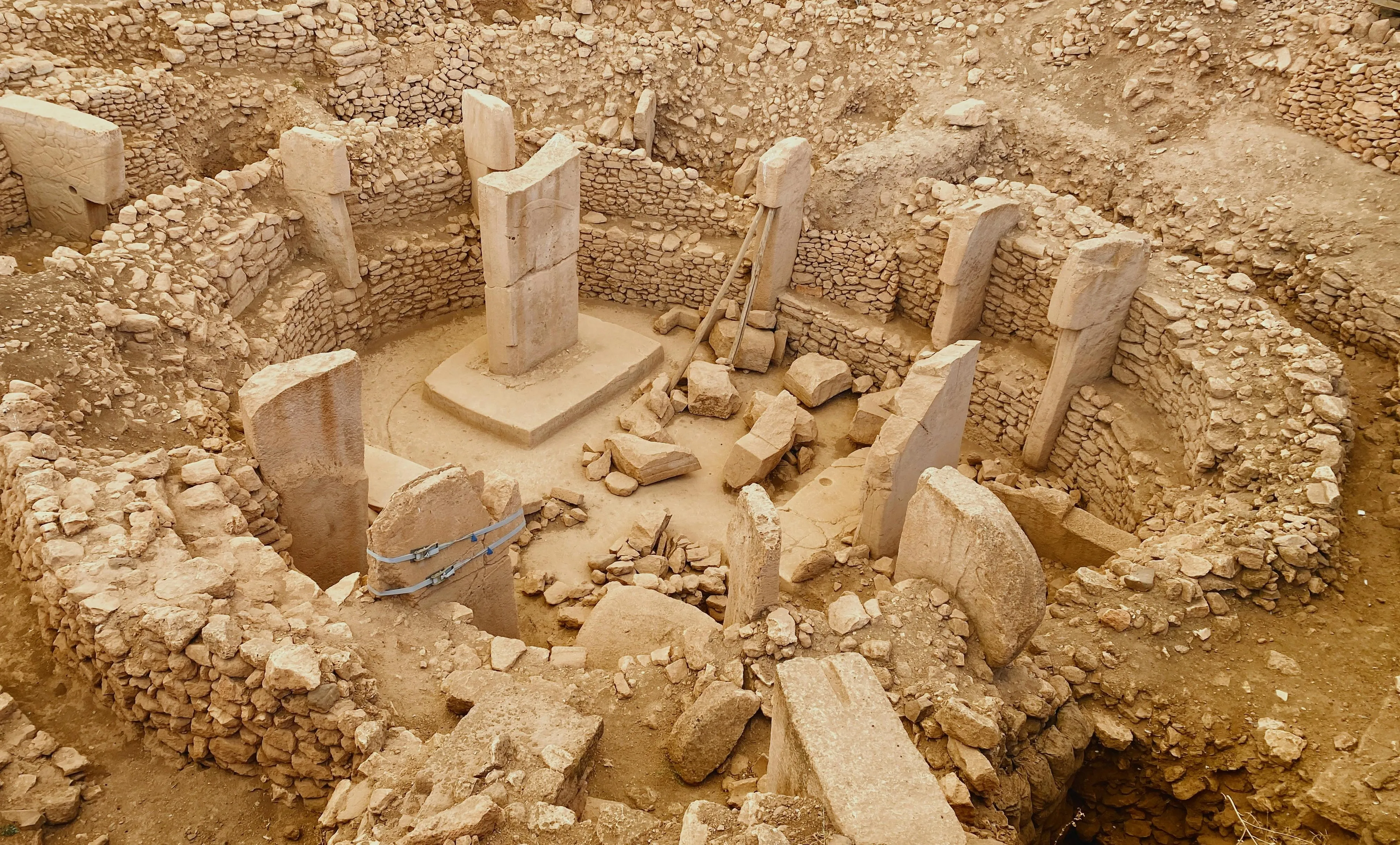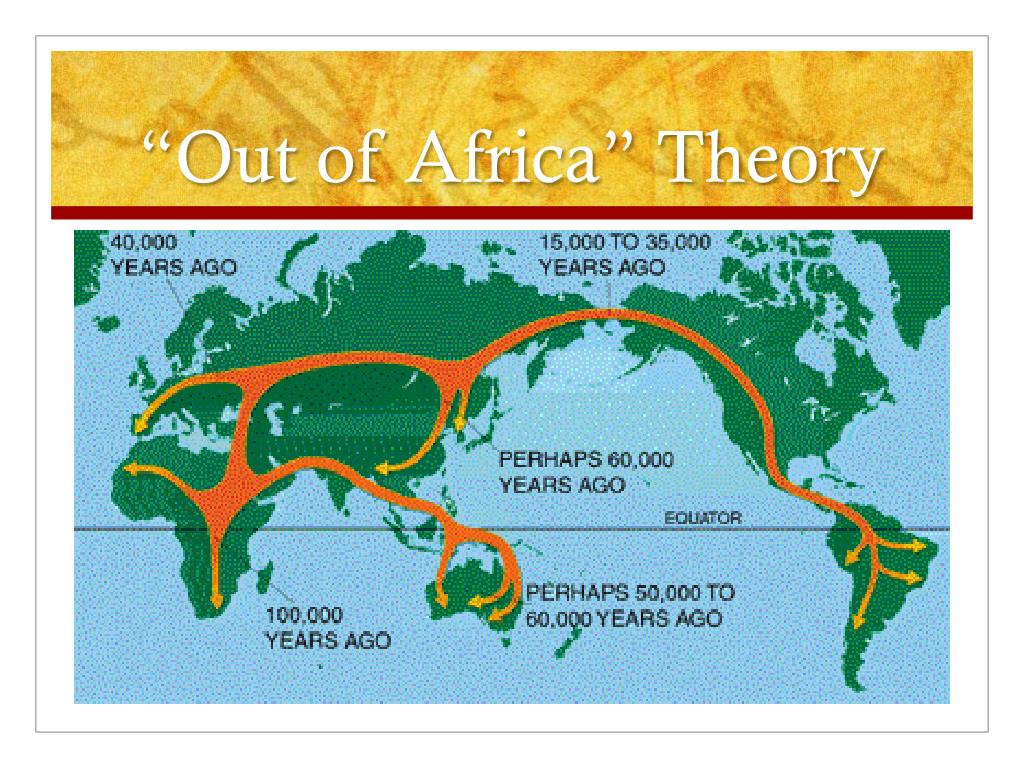Man of Altamira's Intriguing Link to Modern Iberian DNA - A 2023 Genetic Study

The enigmatic paintings of bison, horses, and other creatures adorning the ceiling of the Altamira cave in Spain have captivated the world for over a century. Discovered in 1879, these masterpieces of Paleolithic art, attributed to early modern humans (Homo sapiens), offer a glimpse into the minds of our ancestors who inhabited this region thousands of years ago.
While the artistic brilliance of the Altamira cave paintings is undeniable, the genetic legacy of the individuals who created them has remained elusive – until recently. A groundbreaking study published in the journal Nature in March 2023 has shed new light on the genetic makeup of the people who inhabited the Iberian Peninsula during the Upper Paleolithic, the period during which the Altamira cave paintings were created.
Unveiling Ancient Ancestry: The 2023 Genetic Study
Led by researchers at the Max Planck Institute for Evolutionary Anthropology in Germany, the 2023 study analyzed the genomes of 37 individuals who lived in the Iberian Peninsula between 35,000 and 15,000 years ago, encompassing the period when the Altamira cave paintings were created. This extensive dataset represents the largest and most comprehensive genetic analysis of Upper Paleolithic Iberians to date.
The study yielded several intriguing findings, including:
1. Genetic Continuity and a Surprising Connection to the "Man of Altamira"
The researchers discovered a remarkable degree of genetic continuity among the Upper Paleolithic Iberians, suggesting that these populations were relatively isolated from other European groups during this period. This finding challenges previous assumptions about widespread population movements and replacements in Europe during the Late Pleistocene.
Furthermore, the study revealed that the genetic profile of the Upper Paleolithic Iberians, including individuals who lived close to the Altamira cave, shares similarities with the genetic makeup of modern-day Iberian populations. This suggests a potential genetic link between the creators of the Altamira cave paintings and the people who inhabit the region today.
2. The Arrival of Newcomers and the Shaping of Iberian Ancestry
While the study highlighted the genetic continuity of Upper Paleolithic Iberians, it also identified the arrival of new genetic lineages into the Iberian Peninsula during the Late Glacial period (around 14,500 to 11,500 years ago). These newcomers, likely originating from southwestern France, contributed to the genetic diversity of the region, ultimately shaping the ancestry of present-day Iberian populations.
Implications for Understanding the "Man of Altamira"
The 2023 genetic study provides valuable insights into the population history of the Iberian Peninsula during the Upper Paleolithic, offering a glimpse into the genetic landscape inhabited by the creators of the Altamira cave paintings. The findings suggest that the artists who left their mark on the Altamira cave may have been part of a population that exhibited a degree of genetic continuity with modern Iberian populations.
However, it's important to note that the study doesn't directly analyze DNA from individuals found within the Altamira cave itself. Therefore, establishing a direct genetic link between the studied individuals and the "Man of Altamira" requires further investigation and potential future DNA analysis from individuals buried within or closely associated with the cave.
Looking Ahead: Further Research and the Enduring Mystery
The 2023 genetic study opens exciting new avenues for research into the deep history of human populations in the Iberian Peninsula. Further genetic analysis of individuals from different time periods and archaeological sites across the region can help refine our understanding of the genetic legacy of the "Man of Altamira" and the broader population history of the region.
As technology advances and our ability to extract and analyze ancient DNA improves, we can anticipate even more groundbreaking discoveries that will illuminate the fascinating story of the people who lived, created, and left their mark on the Iberian Peninsula, reminding us of the enduring power of both art and genetics to connect us to our distant past.


















Comments ()